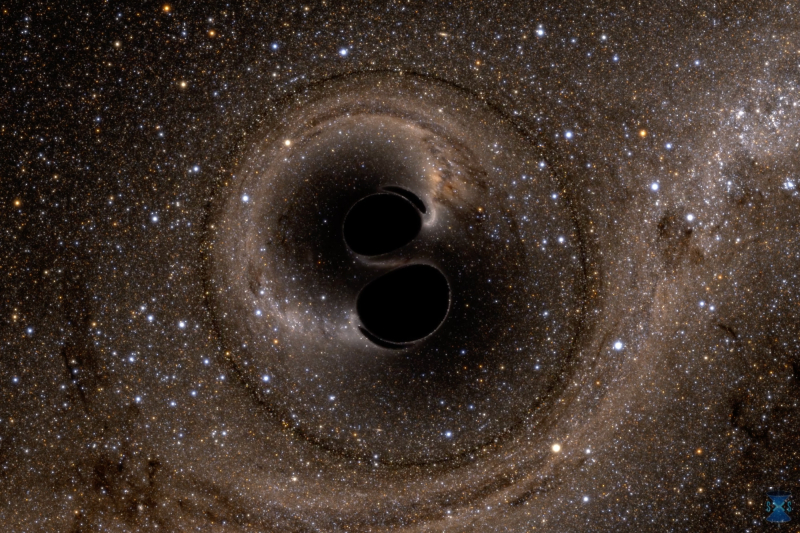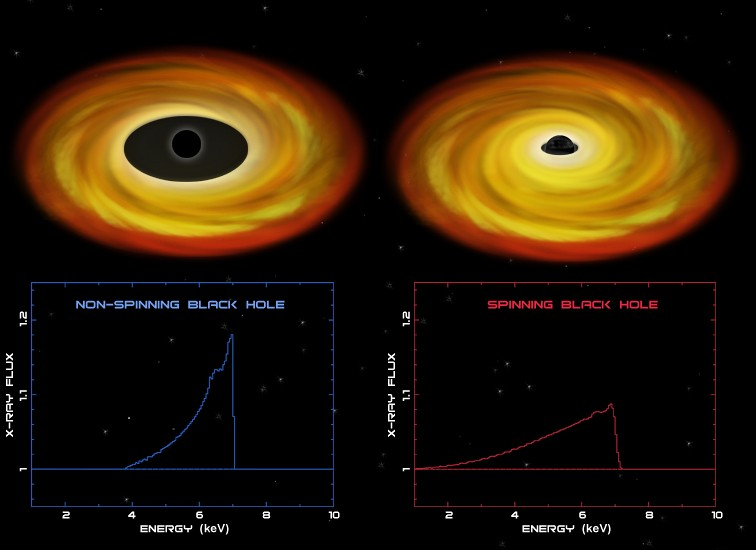Hawking Co-Discovered The Four Laws Of Black Hole Mechanics
Stephen Hawking's black hole area theorem, which he first suggested in 1971, sparked a string of important discoveries about black hole mechanics and it is considered one of the major accomplishments of Stephen Hawking. The theorem states that no black hole in the universe should ever experience a decrease in the overall area of its event horizon. The assertion was a bizarre allegory to the second law of thermodynamics, which stipulates that an object's entropy, or level of disorder, should never diminish.
Since black holes were believed to never allow energy to leave or radiate, the resemblance between the two theories raised the intriguing possibility that they might act as thermal, heat-emitting phenomena. By demonstrating that black holes might have entropy and emit radiation over very long durations if their quantum effects were taken into consideration, Hawking eventually reconciled the two concepts in 1974. One of the most important discoveries about black holes was this phenomenon, known as Hawking radiation.
Black holes are thought to conform to four fundamental principles known as the four laws of black hole mechanics. Jacob Bekenstein, Brandon Carter, and James Bardeen found the laws, which are comparable to the laws of thermodynamics. Stephen Hawking made additional observations. Similar to the rules of thermodynamics, these laws are physical characteristics that black holes are thought to obey. His "Black Holes" essay won the coveted Gravity Research Foundation Award in January 1971.











